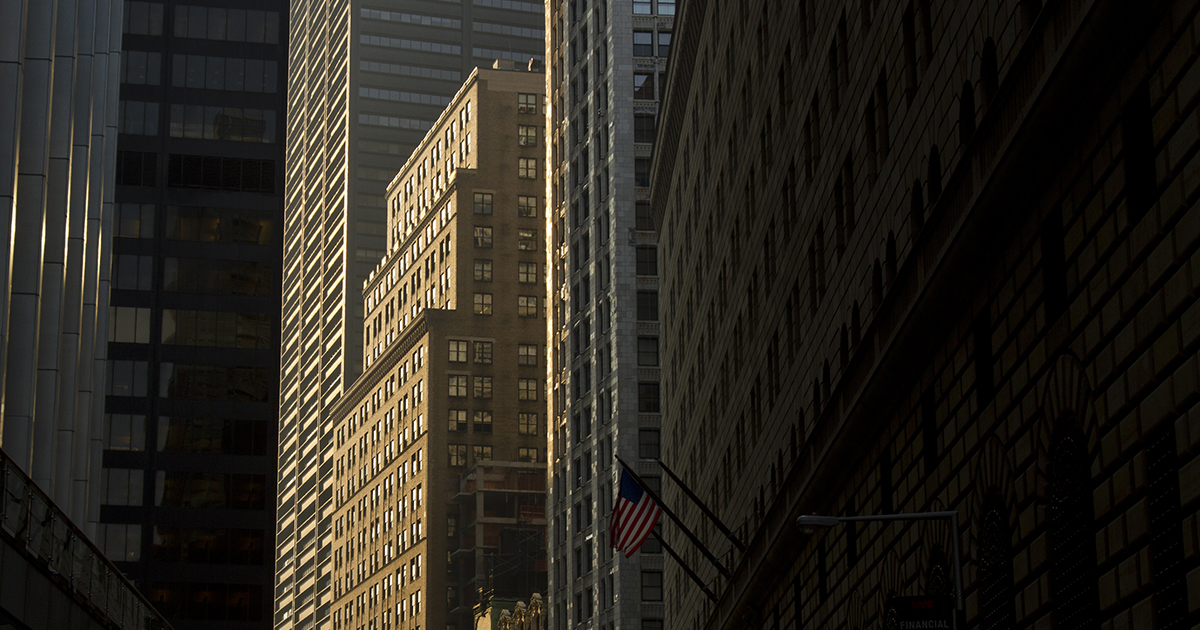
Portfolio Manager James McNerny discusses the Fed hiking cycle and identifies opportunities on the short end of the curve.
What is the Federal Reserve’s next step, and what are the implications for the short end of the yield curve?
Despite stubborn inflation, we believe the Federal Reserve (Fed) has reached its peak policy rate for the cycle. The market narrative has shifted towards the timing and trajectory of the Fed's rate cuts. The economy's continued resilience and stronger-than-anticipated inflation prints have significantly pushed back market expectations for 2024 rate cuts from six to just one or two since the start of the year. While the Fed continues to be data-driven, the updated Summary of Economic Projections (SEPs) in March indicated a tendency towards lowering rates this year. Comments from Chair Powell at the May meeting reiterated this. However, if data continues to show strength, their plans could be delayed. With inflation progress stalling, the Fed will likely need to see a series of softer data prints to gain confidence that inflation is on a sustainable path towards 2%.
We forecast the Federal Open Market Committee (FOMC) will either cut rates once or not at all in 2024, leaning towards a more hawkish Fed than the market anticipates. The continued resilience of the economy, coupled with the heightened potential for escalating geopolitical conflicts, poses increased risks for the Fed as they navigate the path of interest rates heading into an election later this year. For now, any hesitation from the Fed to cut rates will likely result in longer-lasting higher yields, a positive outcome for ultra-short portfolios.
Despite the yield curve having been inverted for nearly two years, ultrashort funds can still offer attractive and competitive yields, while only carrying a fraction of the duration risk associated with longer fixed income products.
What are the benefits of ultrashort funds in the current market?
Investors continue to express concern about rate volatility, particularly in light of the 10-Year US Treasury yield's significant increase since the start of the year. The ongoing debate about the long-term neutral level of interest rates and future inflation expectations adds to this uncertainty. If expectations for either of these variables increase, it could lead to a higher term premium being priced into longer rates. Despite the yield curve having been inverted for nearly two years, ultrashort funds can still offer attractive and competitive yields, while only carrying a fraction of the duration risk associated with longer fixed income products.
While there are near-term pressures for higher rates, the trend will eventually shift towards the Fed reducing rates. With over $6 trillion currently held in money market funds, it appears that investors still prefer the risk and return profile of these instruments. However, with peak rates likely achieved, and as we approach the anticipated Fed rate cuts, taking a step out from cash and into an ultrashort fund could allow investors to secure a higher yield for a longer period, especially when considering the reinvestment risk associated with money market instruments and deposits.
How is the portfolio positioned today?
We remain data-dependent and continue to monitor incoming economic data to understand the timing and path of future interest rates. We anticipate near-term rate volatility will persist as markets adjust to new data, with a particular focus on growth, inflation, and employment. Considering the increased upside risk associated with new data, we see portfolio duration of 0.5 to 0.6 years as the optimal point within our duration range of 0-1.00 years. The fundamentals for corporate credit are currently very favorable. Despite relatively high valuations, credit spreads have not reached their narrowest levels. Demand for credit remains strong at current levels, and a soft landing is anticipated, offering positive technical support. In light of our cautious stance on policy rates, our current purchasing focus is currently on 12 month fixed-rate instruments and floating rate notes with a maturity of no more than 2 years.
What role does a cash reserves strategy play in portfolios? Is it a cash alternative?
On the risk/return spectrum, the cash reserves category is the first step out from a liquidity strategy that may involve cash, money market funds or bank deposits. It is not a cash alternative. The minimum recommended holding period for a typical cash reserve fund is 6–12 months.
Cash reserves can be thought of as a “core complement” within a fixed income portfolio, given the fact that the strategy:
- Offers relatively lower duration, in the range of 3 months to 1 year
- May help hedge the downside risk and volatility of a portfolio overall
- Tends to have low correlation to traditional fixed income
How do you think about active vs. passive approaches in ultrashort fixed income?
There are passive strategies in the ultrashort space that consist mainly of Treasury or floating-rate credit funds. But we find that duration management, sector rotation and an active security selection, especially in the credit sector, is the most effective approach for delivering strong absolute and risk-adjusted returns in an ultrashort strategy.
What is your outlook for the strategy’s yield through the end of 2024?
Historically, movements in cash reserve yields have been highly correlated with movement in the fed funds effective rate (the volume-weighted median of overnight rates charged by banks for lending to other banks across the U.S.). Given the credit holdings of cash reserve funds, they typically provide meaningfully higher yields than the fed funds effective rate. The potential of sustained higher rates presents an appealing yield profile for JPST through 2024. Approximately 35% of the portfolio's securities are expected to mature in the coming six months, making us well-positioned to capitalize on new purchases at favorable levels.